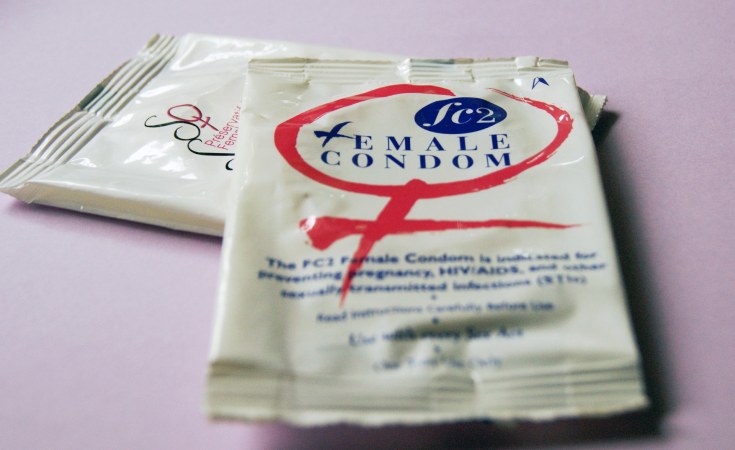The intersection of HIV infections and climate change in Africa is complex.
For example, prolonged droughts can exacerbate vulnerabilities and have significant implications for HIV transmission, treatment and overall health outcomes.
Drought in Namibia - particularly in regions dependent on communal farming such as Omusati, Ohangwena, Oshana, Kunene and Oshikoto - has led to food insecurity.
This directly affects people living with HIV as malnutrition weakens the immune system, making it harder for the body to fight infections.
Malnourished individuals are less likely to stick to antiretroviral therapy (ART) because of side effects when taken on an empty stomach.
This results in poor treatment outcomes and increased viral loads, which can enhance the transmission risk.
Risky behaviour
Climate-induced economic hardships, such as the loss of livestock and crop failures, force many individuals into precarious economic conditions.
The Joint United Nations Programme on HIV and AIDS reports that poverty increasingly places individuals at greater risk of exposure to HIV via economically driven adoption of risky behaviour.
This may lead to survival strategies such as transactional sex, which increases the risk of HIV transmission, and can reduce a person's ability to stay in control and negotiate safe sex.
Women, who often depend on agriculture through selling produce from their fields, may be disproportionately affected, amplifying the risk of HIV exposure.
Climate-induced disasters such as drought, floods and heatwaves make it difficult for rural dwellers to access HIV testing, treatment and care.
Limited water availability and deteriorating road conditions make reaching health facilities difficult.
Health systems already strained by resource shortages may struggle to provide consistent ART, leading to treatment interruptions, which can result in drug resistance and increased HIV transmission rates.
Other stressors
Climate change-related stressors can also lead to increased mental health issues, including depression and anxiety.
Poor mental health is linked to higher levels of stigma and discrimination towards people living with HIV, creating barriers to seeking care.
It also hinders adherence to HIV treatment and preventive measures, further exacerbating the HIV epidemic in affected communities.
Also affected is communal farming, a primary livelihood for many Namibians: drought severely impacts agricultural productivity.
Reduced household income affects the ability to afford healthcare, nutritious food, and transport to health facilities.
It also diverts attention from HIV prevention and care, and can result in a loss of communal support systems and reduce community-based HIV interventions.
These intersections highlight the need for integrated responses that address both climate adaptation and HIV prevention and care, particularly focusing on enhancing resilience to climate change, improving food security, and ensuring resilient healthcare systems in Namibia.
- * Nandigolo Nakambale is a climate advocate and executive director of Future Africa International Namibia; nandi@futureafricainternational.org


